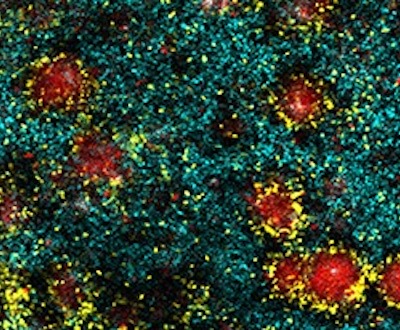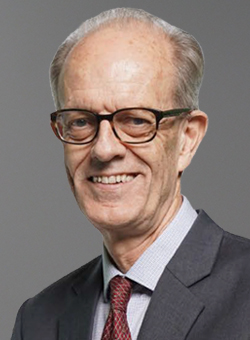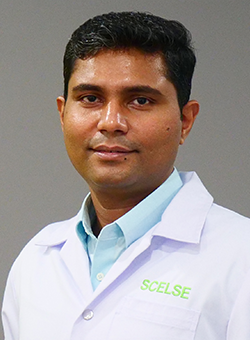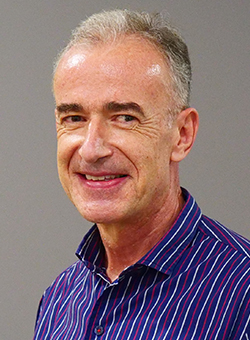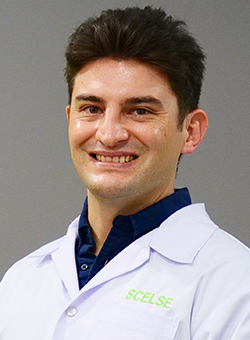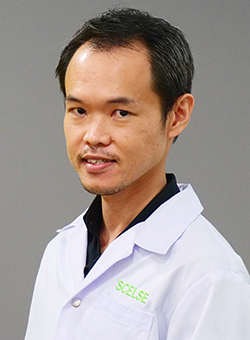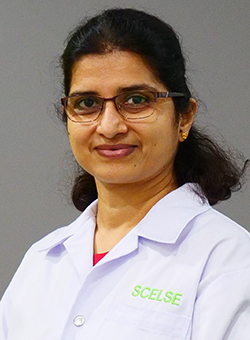Biofilm Biology & Mechanisms
Mixed species and often highly diverse microbial communities are the predominant form of biofilms in any habitat, as opposed to single species biofilm populations. Further, the biofilm matrix, which imparts many emergent properties, is similarly complex in both structure and function. To begin to unravel the intricacies involved in naturally occurring biofilms it is therefore essential to expand from the classical population biology approach and study the mechanisms of microbial community consortia in the exopolymeric matrix in which they inhabit.
Research projects
Many aspects of biofilm research are severely limited by our inability to employ experimentally tractable and reproducible mixed species biofilm communities as model experimental systems. The various existing population-based models have been invaluable in uncovering much that we now know about biofilms and their functions, and are still an indispensable part of biofilm research. However, these are not very representative of biofilms in natural systems and observations of limited mixed species experimental communities to date have revealed unanticipated, emergent properties as a function of the stepwise increase in species diversity. The research challenge is to employ experimentally tractable and reproducible mixed-species biofilm communities as model systems to better understand how these communities function in their natural environments.
Moreover, the matrix is a relatively understudied component of the biofilm, classically limited to chemical extraction of extracellular polymeric substances (EPS). Understanding biofilms in their entirety requires a sound knowledge of both the biological cells and the extracellular matrix environment. Given that the matrix properties are altered with different EPS components, the matrix composition is significant for the physiology of enmeshed cells. Unravelling these interrelationships requires a strong interdisciplinary platform. SCELSE utilises several biophysical approaches to understand and quantify biofilm structure/function by means not possible using classical microbiological approaches. Research advances involve the role of structural molecules, such as filamentous phage, polysaccharides and eDNA, as well as soluble signalling molecules, in biofilm formation, structure and function.
Topics include:
- The mechanisms of biofilm aggregation formation
- Experimental mixed-species biofilm communities (simple and complex)
- The role of quorum sensing and quenching in complex biofilm communities
- Community ecology theory in complex microbial systems
- Biophysics of biofilms and the extracellular matrix: polysaccharides, eDNA, exoproteins
Defined experimental communities
SCELSE has developed experimentally tractable and reproducible experimental biofilm community models to better understand how multi-species biofilm communities function in their natural environments. Initial mixed species experimental communities have revealed unanticipated, emergent properties that are a function of the stepwise increase in species diversity.
Understanding the three-dimensional biofilm organisation, e.g. matrix structure-function, facilitates the establishment of well-functioning synthetic microbial communities and experimental biofilms. SCELSE’s research here includes: low diversity defined consortia associated with host wellbeing, e.g. for human, plant rhizosphere and coral systems; as well as high diversity experimental communities in different settings, from used water treatment flocs/granules, to environmental bioprocessing and bioremediation.
These defined communities are used for:
- Structure-function analyses through combined ‘omics’ approaches, e.g. metatranscriptomics and metabolomics to define how mixed community biofilms form and function
- Developing imaging based approaches to investigate three-dimensional organisation of the community and to observe in real
time, key physiological gradients, e.g. oxygen and regulatory second messenger molecules, within the biofilms
-
Targeting of key physical-chemical parameters, e.g. diffusion, adhesiveness, fluidics, electroconductivity, electron shuttling mechanisms, linking community interactions and biological functions
-
Understanding ecological traits that are important for the assembly, maintenance and function of diverse communities, including resilience, cooperation or competition effects, fitness and other traits
Highly diverse experimental communities
With recent technological advances it is now possible to interrogate complex biofilm systems in the absence of being able to cultivate the community members or to genetically manipulate individuals. Experimental studies of highly diverse biofilm communities contribute to our understanding of biofilms in the context of environmental engineering and public health. As one example, the use of flocs and granules in water treatments is well established, but only recently have we been able to elucidate the biology behind their formation. This knowledge is integral to improving the efficiency of nutrient removal, which will offer a grand range of benefits. SCELSE is utilising engineered transformations of flocs to granules in order to:
- Validate empirical engineering practices
- Correlate communal metabolic activities with overall bioprocess
- Show quorum sensing is a community function
- Show diffusion is a function of changes in matrix properties within a granular community
- Establish an approach to determine the role of predator-prey interactions during community selection processes
Biofilm Biology & Mechanisms: People
Biofilm Biology & Mechanisms publications
Biofilm Biology & Mechanisms in the media
Biofilm Biology & Mechanisms collaborations



